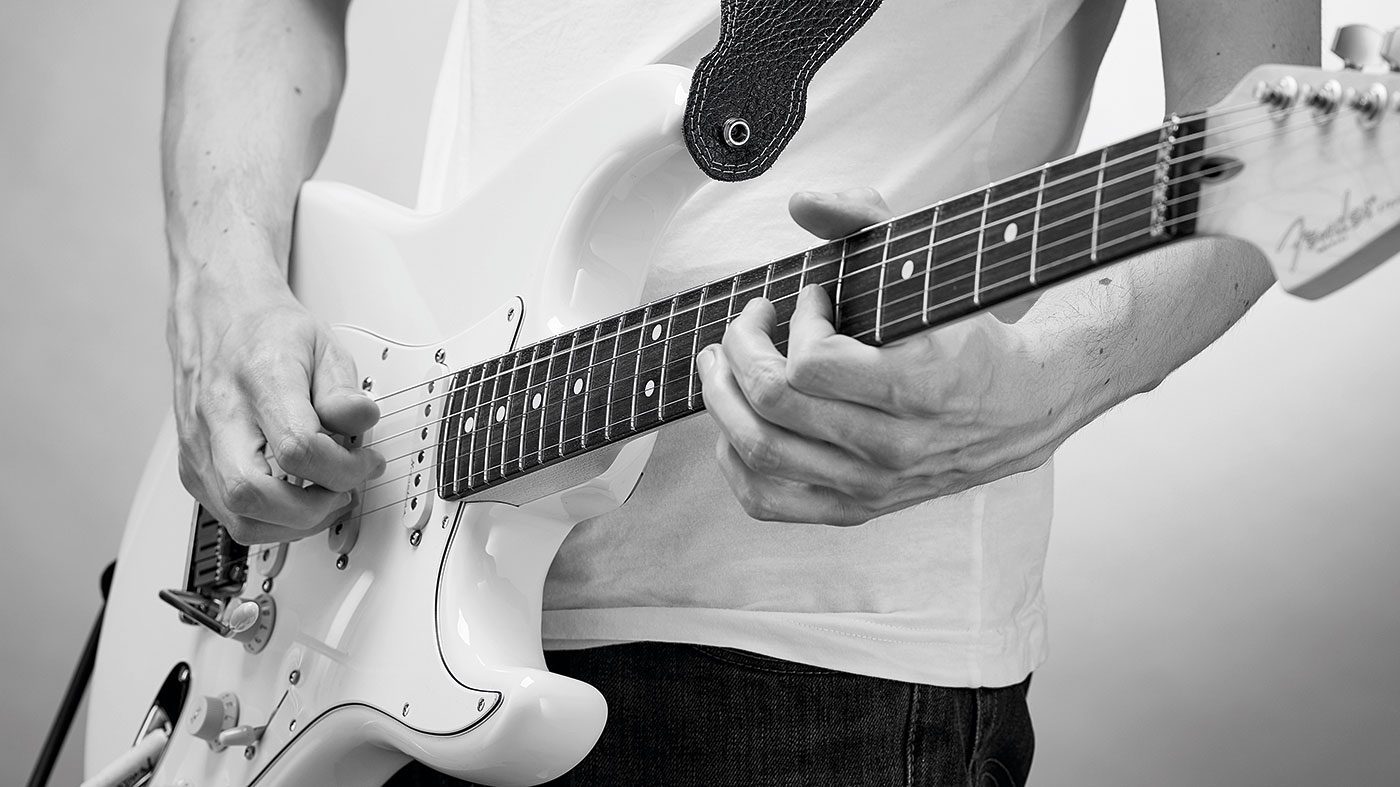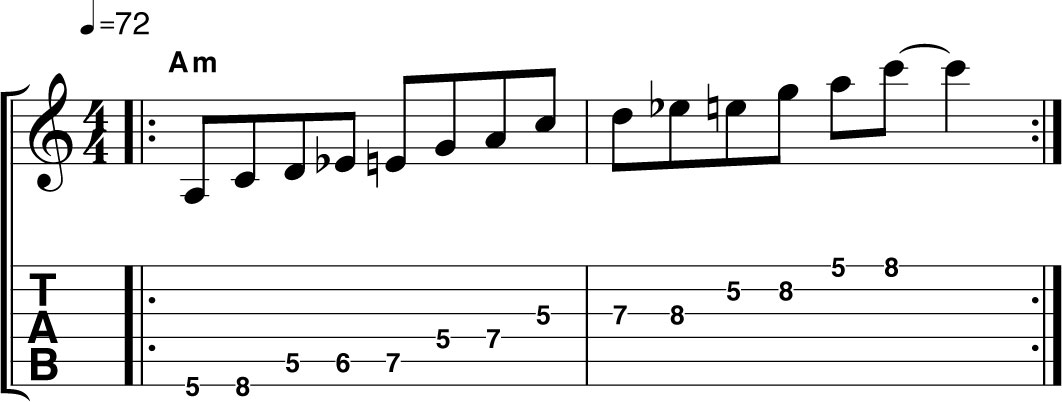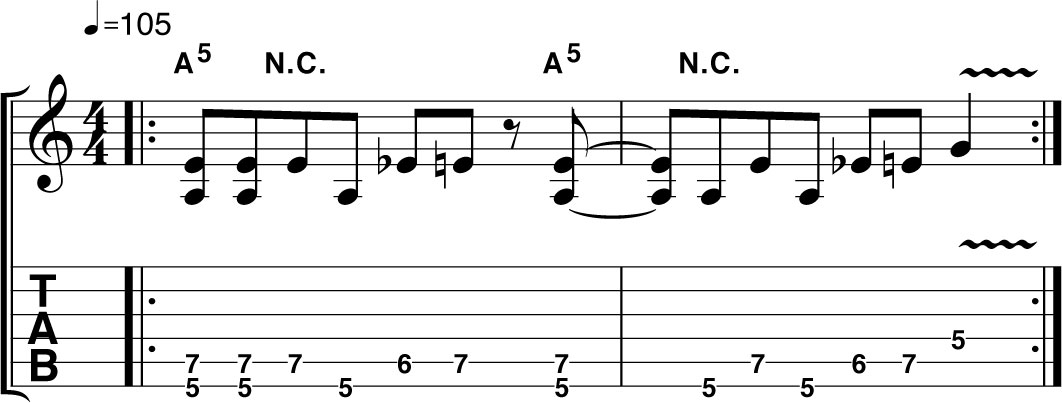Easy guitar theory: blues scale
Take the pentatonic a (half) step further

Take your playing to the next level and welcome in an edgier sound with this easy change to the minor pentatonic scale.

Having looked at the minor pentatonic scale last month, this issue we’re moving on to its close relative, the blues scale. We say ‘close relative’ because the two scales are almost identical - just add one new note to make the blues scale.
There are two benefits: most players know the minor pentatonic scale already, so the new scale is easy to learn; and the additional note gives a dissonant but seriously versatile sound that’s heard widely in blues-rock, jazz and heavy metal in particular. It’s an edgier sound that’s hard to achieve using the steadier sounding minor pentatonic scale. Read on, and we’ll break it all down for you.
1. Learning the notes

Here, we’re looking at the notes of the A blues scale. A, C, D, E and G notes form the A minor pentatonic scale, so Eb is the all important note that turns this run into the blues scale. Each note is either one, two or three frets apart from its neighbours. Remember, a one-fret gap on the guitar equals a one-semitone space.

This is the most commonly-used blues scale shape. Ditch the Eb notes and you’ll be playing the A minor pentatonic scale. Practise by swapping between the two scales.
2. The vital b5th note

Whenever you shift a scale shape up the fretboard all the notes change and you move to a different key. Thankfully, learning the ‘intervals’ means you don’t have to know every note of every key.
Intervals are the gaps in pitch between scale notes and their root and each gap has its own name. The important new note in the blues scale is the diminished 5th, aka b5 or b5th.
Want all the hottest music and gear news, reviews, deals, features and more, direct to your inbox? Sign up here.

The b5th in this blues-rock riff has a potentially clashing, dissonant sound, so we’re using it sparingly. The more you use it, the harsher your riffs will sound.
3. Blues-rock style lead

Here in this lead line we’re exploring the higher notes in the scale, once again using the b5th sparingly. In bars 1, 2 and 3 the note occurs as a super-quick 16th note, each time in the middle of a phrase. At the end of bar 4 the b5th occurs again, this time ringing slightly longer (as an eighth note) to bring out its edgy character.
Total Guitar is Europe's best-selling guitar magazine.
Every month we feature interviews with the biggest names and hottest new acts in guitar land, plus Guest Lessons from the stars.
Finally, our Rocked & Rated section is the place to go for reviews, round-ups and help setting up your guitars and gear.
Subscribe: http://bit.ly/totalguitar
